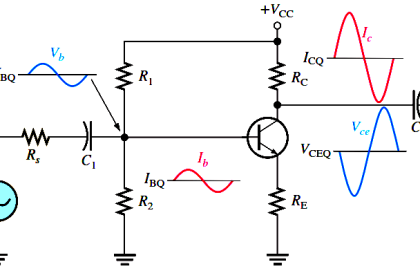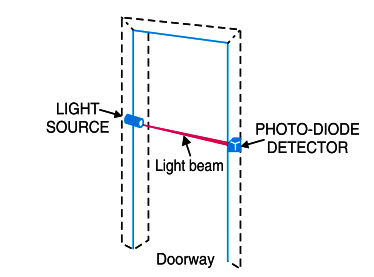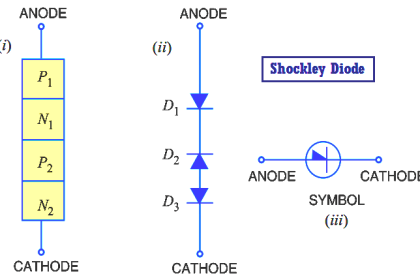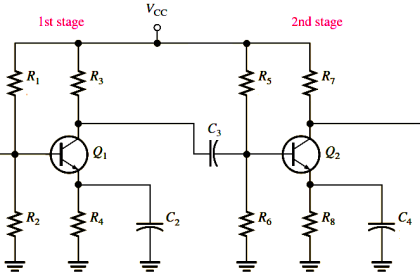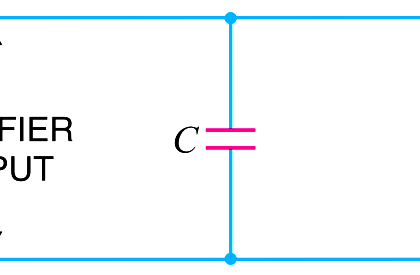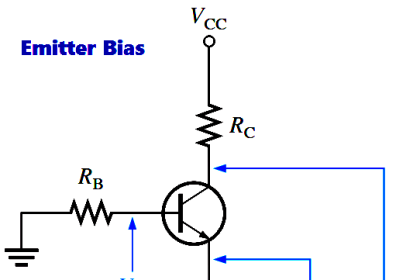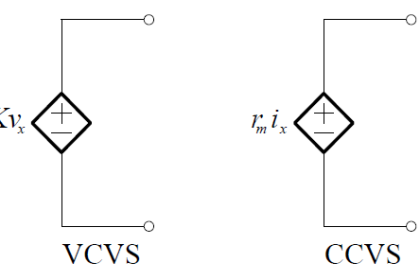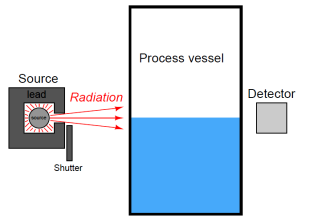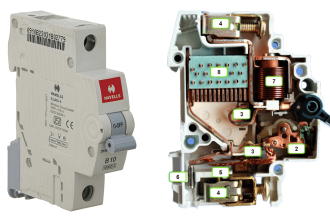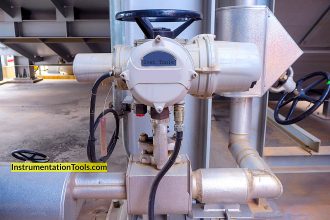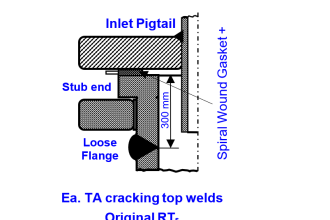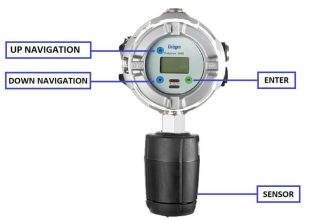What is Rectifier?
A rectifier is a device that simply converts alternating current (AC) into direct current (DC).
The way a rectifier changes AC to DC is by the use of a diode, or multiple diodes. Diodes only allow electrons to flow in one direction through them.
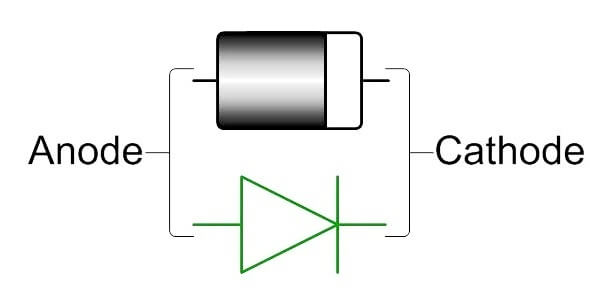
When the voltage on the anode is more positive than the voltage on the cathode, current will flow through the diode. If the voltage is reversed, making the cathode more positive, then current will not flow through the diode. (unless the peak reverse voltage rating is exceeded).
TYPES OF DIODE :
1) HALFWAVE RECTIFIER
On the first half of the cycle the diode allows the electrons to flow through it powering the DC load. On the second half cycle the diode blocks the flow of electrons and the load receives no flow at all.

2) FULL WAVE BRIDGE RECTIFIER

